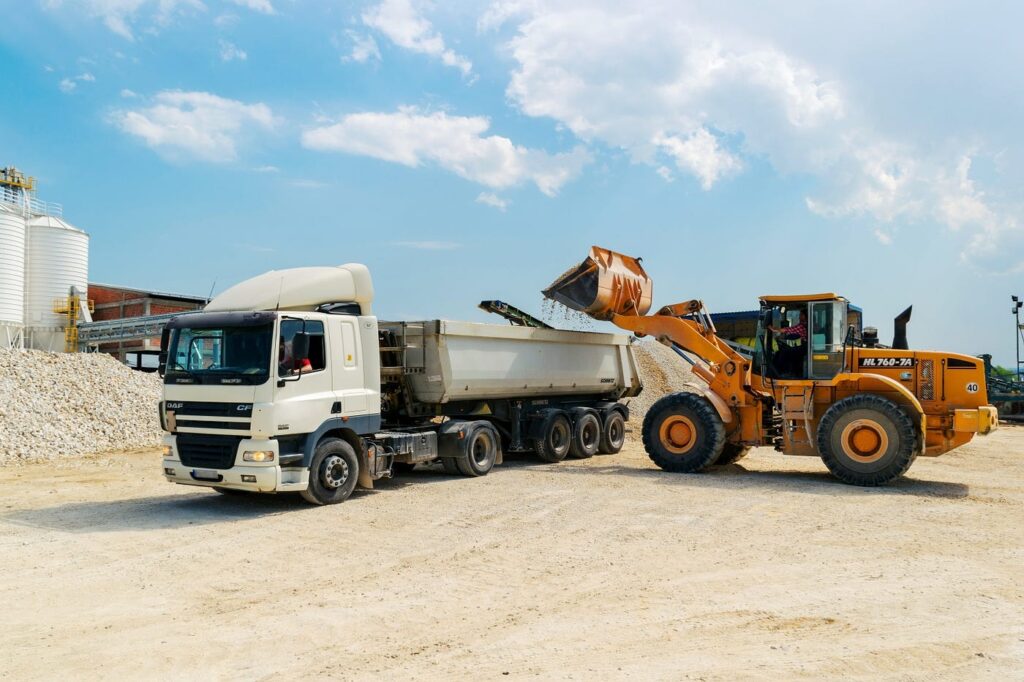
Navigating the world of power equipment rentals can be a daunting task. This comprehensive guide aims to simplify the process, providing you with all the essential information you need for a successful rental experience.
Introduction to Power Equipment Rentals
The Benefits of Renting Over Buying
- Cost-Effectiveness: Renting is often more affordable than purchasing, especially for one-time or infrequent use.
- High-Quality Equipment: Rental companies typically offer a range of high-quality, well-maintained equipment.
- No Maintenance Hassles: The rental company handles all maintenance, saving you time and additional costs.
- Storage Solutions: Renting eliminates the need for long-term storage of bulky equipment.
Variety of Power Equipment Available for Rent
The range of power equipment for rent includes, but is not limited to:
- Landscaping Tools: Chainsaws, leaf blowers, and hedge trimmers.
- Heavy-Duty Construction Machines: Excavators, bulldozers, and backhoes.
- Painting and Decorating Tools: Power paint sprayers and wallpaper steamers.
- Cleaning Equipment: Pressure washers and carpet cleaners.
How to Rent Power Equipment Successfully
Step 1: Identify Your Project Requirements
Clearly define your project to determine the type and size of equipment needed. Consider factors like the project’s scale, duration, and complexity.
Step 2: Find a Reliable Rental Company
Research local rental companies, focusing on their reputation, equipment range, and customer service quality. Online reviews and recommendations can be helpful.
Step 3: Understand the Rental Contract
Read the contract carefully, focusing on:
- Rental Duration and Rates: Check if the rates are competitive and suitable for your timeline.
- Security Deposits: Be aware of any upfront deposits required.
- Insurance Coverage: Ensure adequate coverage in case of damage or accidents.
Step 4: Conduct a Thorough Equipment Inspection
Before using, inspect the equipment for any damage or wear and report it immediately to avoid future liability.
Step 5: Get Proper Training
Ensure you or your team are trained in the safe and effective use of the equipment. Prioritize safety to prevent accidents.
Practical Tips for a Smooth Rental Experience
Selecting the Appropriate Equipment
Choose equipment that matches your project’s specific needs to avoid overpaying for unused features or underperforming tools.
Advance Booking
Reserve equipment well in advance, particularly during peak seasons, to guarantee availability.
Transparent Cost Understanding
Understand all costs involved, including potential extra charges like fuel or transport fees.
Prioritize Safety
Adhere to all safety instructions and use recommended protective gear.
Review the Return Policy
Understand the conditions under which the equipment must be returned, including cleanliness and fuel levels.
Additional Considerations
Considering Long-term Rental Agreements
For prolonged projects, explore options for long-term rentals, which may offer financial savings compared to daily or weekly rates.
Delivery and Collection Services
For bulky or heavy machinery, inquire about the possibility and cost of delivery and collection services.
Customer Support
Choose a company that offers robust customer support and technical assistance for the duration of your rental.
Environmental Impact
If concerned about sustainability, look for energy-efficient and low-emission equipment options.
Wrapping Up
Renting power equipment is a flexible, cost-effective solution for many projects. By understanding your needs, choosing the right equipment, and dealing with a reputable company, you can ensure a hassle-free rental experience. Remember, safety is paramount, and being well-informed about the rental process and terms can save you time and money. With this guide, you’re now equipped to navigate the world of power equipment rentals with confidence.







